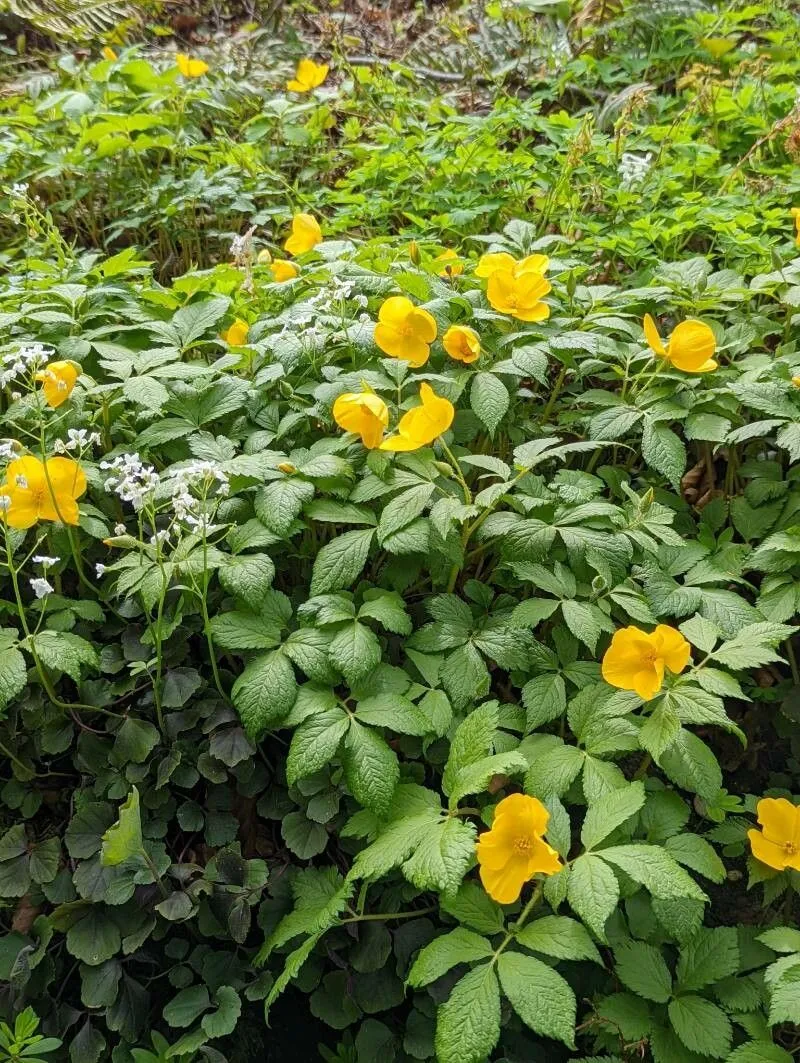
Author: (Thunb.) Prantl
Bibliography: H.G.A.Engler & K.A.E.Prantl, Nat. Pflanzenfam. 3(2): 139 (1889)
Year: 1889
Status: accepted
Rank: species
Genus: Hylomecon
Vegetable: False
Observations: C. & EC. China, Japan
The Forest-poppy, scientifically known as Hylomecon japonica, is a captivating perennial plant that belongs to the family Papaveraceae. Originating from the diverse regions of Central and Eastern China and Japan, this plant has long intrigued botanists and plant enthusiasts alike due to its striking appearance and ecological significance.
Described thoroughly by H.G.A. Engler and K.A.E. Prantl in their seminal work, “Nat. Pflanzenfam.,” in 1889, this botanical marvel boasts a collection of features that make it an excellent addition to temperate gardens. The original formal description, revised and attributed to the work of Thunberg and Prantl, reflects its deep-rooted botanical heritage and importance in plant taxonomy.
The Forest-poppy typically thrives in woodland settings, where it receives dappled sunlight and grows in well-drained, humus-rich soil. This flowering plant is celebrated for its vibrant yellow blossoms, which emerge in the spring, offering a refreshing burst of color after the dormancy of winter. Its flowers, reminiscent of the familiar poppy, stand out against its lush green foliage, creating a picturesque contrast that enhances the natural landscape.
Aside from its visual appeal, Hylomecon japonica plays a vital role in its native habitats. It contributes to the biodiversity of understory flora in forest ecosystems and supports various pollinators, which rely on its flowers for nectar. This symbiotic relationship underscores its ecological importance, making it a species of interest for conservation efforts.
As gardeners seek to incorporate more native and ecologically supportive plants into their landscapes, Hylomecon japonica stands as an ideal candidate. Its hardiness and minimal maintenance requirements make it suitable for a variety of garden settings, from shade gardens to woodland edges.
In summary, the Forest-poppy (Hylomecon japonica) is more than just a decorative plant; it is a crucial component of its natural environment. Its vibrant flowers and ecological benefits make it a valuable addition to gardens and conservation projects, preserving its legacy for future generations to appreciate.
En: Forest-poppy
Sv: Skogsvallmo
Taken Apr 19, 2022 by manuseitz (cc-by-sa)
Taken Apr 19, 2022 by manuseitz (cc-by-sa)
Taken Apr 19, 2022 by manuseitz (cc-by-sa)
Taken Apr 19, 2022 by manuseitz (cc-by-sa)
Taken Apr 19, 2022 by manuseitz (cc-by-sa)
© copyright of the Board of Trustees of the Royal Botanic Gardens, Kew.
Family: Myrtaceae Author: (F.Muell.) K.D.Hill & L.A.S.Johnson Bibliography: Telopea 6: 402 (1995) Year: 1995 Status:…
Family: Rubiaceae Author: Pierre ex A.Froehner Bibliography: Notizbl. Bot. Gart. Berlin-Dahlem 1: 237 (1897) Year:…
Family: Sapindaceae Author: Koidz. Bibliography: J. Coll. Sci. Imp. Univ. Tokyo 32(1): 38 (1911) Year:…
Family: Asteraceae Author: A.Gray Bibliography: Pacif. Railr. Rep.: 107 (1857) Year: 1857 Status: accepted Rank:…
Family: Fabaceae Author: Medik. Bibliography: Vorles. Churpfälz. Phys.-Ökon. Ges. 2: 398 (1787) Year: 1787 Status:…
Family: Aspleniaceae Author: (Cav.) Alston Bibliography: Bull. Misc. Inform. Kew 1932: 309 (1932) Year: 1932…